
Ravensworth Plantation: 1796
By: M. Callahan
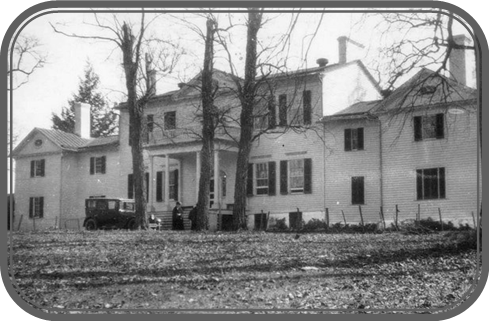
Of all the colonial land grants in Fairfax County, Ravensworth was, by far, the largest at 24,112 acres or 37.7 square miles. (The entire land grant ran through, what is now, part of Falls Church to Pohink Church and from the present Fairfax Court House almost to Alexandria.)
The Ravensworth manor house was located in what is now the Ravensworth Shopping Center, and was the largest of the three 18th century manors built by the Fitzhugh family. The plantation was named in honor of the Fitzhugh ancestral home, Ravensworth, in the North Riding area of Yorkshire, England.
“Baron FitzHugh, of Ravensworth, is an abeyant title in the Peerage of England. It was created in 1321 for Sir Henry FitzHugh. The title passed through the male line until the death of the seventh baron, George FitzHugh, in 1513 when it became abeyant between his great-aunts Alice, Lady Fiennes and Elizabeth, Lady Parr, and to this day their descendants. The family seat was Ravensworth Castle.”(1) Col. William Fitzhugh, the first of the family in the Virginia Colony, was most likely a minor member of this Yorkshire family.
The two other Fitzhugh manor homes were Ossian Hall off Braddock and Ravensworth Roads, built in 1783, and Oak Hill off Wakefield Chapel Road, built in 1790. Although significant homes and estates, neither could compete with the massive acreage Ravensworth had for planting, or forests for timber. Tobacco was the primary cash crop through 1830, when the relatively new farming technique of crop rotation was introduced by northern colonists who settled in Annandale. Tobacco continued to be grown in alternating fields with grains and vegetables, in order to preserve the viability of the soil.
By any standard, Ravensworth was an extremely handsome frame Palladian-style mansion with wide, pillared two story verandas offering cooler breezes and an extended living space on the garden side. Over the main entrance an impressive two story portico welcomed guests to this gracious home. The spacious rooms were 27 feet square, furnished with valuable family heirlooms from the Fitzhugh, Parke, Custis, Lee, and Bolling collections. Moreover, the walls were hung with one of the finest private collection of early American portraits ever assembled. And, its landscaping included the widest possible variety of plantings known in the colony; manicured with particular care.
Ravensworth became the well visited Northern Virginia country residence of William Fitzhugh, and later William Henry Fitzhugh, Mary Lee Fitzhugh Custis, and William Henry Fitzhugh Lee.
William Fitzhugh was the great-grandson of English immigrant Colonel William H. Fitzhugh, a lawyer who arrived in the Virginia Colony in 1671. He was born in Bedford, England on 9 January 1651. Upon his death in 1701, he left an estate of 54,000 acres, including the Ravensworth land grant. It was later largely inherited by William (A), and overseen by his mother, Lucy Carter, daughter of Robert “King” Carter.
Of the Ravensworth land grant, he received the southern portion, which included Annandale, while his brother Henry, received the northern portion. Having lost an eye in an accident, the few remaining images of William, are most often seen in profile.
William Fitzhugh (A) was a man of remarkable dedication who served in the colonial House of Burgess, in the Virginia House of Delegates, as a Virginia Delegate to the Second Continental Congress in 1779, and as a Virginia State Senator. He was a close friend of George Washington. In fact, Fitzhugh was the last person Washington visited, outside his Mount Vernon estate, before his death. Ten years later in 1809, Fitzhugh died at the age of 69, leaving behind three children who survived to adulthood. He was initially buried at Ravensworth along side his wife, who had died four years earlier. Their remains and gravestones were eventually moved to Lorton's Pohick Church cemetery in 1926.
William Fitzhugh (also known as William Fitzhugh of Chatham) (A), and his wife Ann Bolling Randolph Fitzhugh (A), a cousin of Thomas Jefferson, spent three years building a home, known as Chatham Manor, across the Rappahannock River from Fredericksburg. The manor house, completed in 1771, remains today as Park Headquarters for the Fredericksburg and Spotsylvania National Military Park. With the economy floundering after the Revolution, Fitzhugh sold Chatham Manor and 1,288 acres for $20,000, and moved to his townhouse at 607 Oronoco Street in Alexandria. The townhouse is often referred to as the boyhood home of Robert E. Lee since in 1818, when Robert was eleven, the townhouse was leased to Anne Hill Carter Lee, Ann Fitzhugh’s cousin, and the recent widow of Light Horse Harry Lee.
In this Alexandria townhouse in 1804, Fitzhugh’s daughter, Mary Lee (Molly) Fitzhugh (B), at the age of sixteen, married George Washington Parke Custis (B), grandson and adopted grandson of Martha Custis and George
Washington. After marriage, the couple resided at Arlington House, also known as the Custis-Lee Mansion. Custis built this impressive home on the high ground of 1,100 acres, overlooking the Potomac. The property had been purchased by his deceased father, leaving both the land and a large monetary inheritance to Custis. The construction of Arlington House required a handsome sum of capital and took over 13 years to complete, but habitable by the time of the Fitzhugh-Custis marriage. When he died in 1857, he was buried at Arlington alongside his wife who had died a few years earlier. His will provided that:
- Arlington plantation (approx. 1100 acres) and its contents, including Custis's (B) collection of George Washington's artifacts and memorabilia, would be bequeathed to his only surviving child Mary Anna Custis Lee (wife of Robert E. Lee-C) for her natural life, and upon her death, to his eldest grandson George Washington Custis Lee; White House plantation in New Kent County and Romancoke plantation in King William County (approx. 4000 acres each) would be bequeathed to his other two grandsons William Henry Fitzhugh Lee ("Rooney Lee") and Robert Edward Lee, Jr., respectively;
- Legacies (cash gifts) of $10,000 each would be provided to his four granddaughters, based on the incomes from the plantations, and the sales of other smaller properties; (Some properties could not be sold until after the Civil War and it was doubtful that $10,000 each was ever fully paid.)
- Certain property in "square No. 21, Washington City" (possibly located between present day Foggy Bottom and Potomac River) to be bequeathed to Robert E. Lee "and his heirs." (2) (Slaves owned by Custis, numbered around 200, were to be freed once the legacies and debts from his estate were paid, but no later than five years after his death. This clause was fulfilled by Robert E. Lee, Executor, in Dec. 1862.)
- After the death of GWP Custis (B), Arlington House was left to the Lee family, but permanently confiscated after the Confederate surrender. (2)
In 1831 the only surviving Custis daughter, Mary Anna Randolph Custis (C), married her childhood playmate and sweetheart, Robert E. Lee (C), at Arlington House. The ceremony took place in the Family Parlor, adjacent to the dining room, the site of several other weddings. The couple honeymooned at Ravensworth., now the home of her brother’s widow, Anna Maria Fitzhugh (D). Mary Lee, a remarkably enlightened woman, with a first rate classical education, taught slave women to read and write, and gave Bible lessons to black children, an unconventional practice at the time. (To read more about Arlington House see http://www.annandalechamber.com/arlington_national_cemetery.rhtml )
Two years prior to his marriage, Robert E. Lee returned suddenly from West Point to visit at his mother’s deathbed. So strong was the bond between Anne Carter Lee and the Fitzhugh family that upon her last illness, she was moved from her Georgetown home to Ravensworth and nursed there. Upon her death, she was even temporarily buried at Ravensworth.
Next to inherit Ravensworth was William Henry Fitzhugh III (1792-1830). A graduate of Princeton & a respected member of the VA Constitutional Convention, his childless widow, Anna Maria Sarah Goldsborough Fitzhugh (D), ran the estate, upon his premature death from a sudden stroke in 1830. Nearly thirty years later, Anna offered refuge to her sister-in-law, Mary Lee (Mrs. Robert E. Lee) (C), who fled Arlington House in May of 1861.
Ravensworth was the home of Mary Lee’s grandparents, now long departed, and a safe haven compared to Arlington House. Although Mary Lee was initially unaware, the three Fitzhugh estates were protected by orders from both Washington and Richmond for the duration of the war, since all had ties, through family or visitation, to George Washington. A safeguard had been written by Union General Winfield Scott for, “Mrs. A.M. Fitzhugh of Ravensworth, a widow lady of great excellence, connected with the family of the father of this country." Consequently, her family and property were placed under army protection.(3) However, Mrs. Lee feared her presence might invite damage to the home; harm to her relatives; or, even her capture by the ever present Union soldiers throughout the Annandale area. Thus, Mary Lee, and her minor children, moved onto Richmond for the duration of the war.
Ravensworth suffered some ravages during the war, namely having 4,000 acres of her sylvan woods cut for use by the Union Army as tent poles, pit props & firewood. Reparations were never made.
Nine years after Appomattox, and after the death of her husband, Mary Lee visited Anna Maria (D), at Ravensworth one last time. Together they journeyed to Arlington House. Here they painfully walked into the empty damaged rooms, and viewed her mother’s glorious garden, now gone and replaced with the graves of Union soldiers. Mary Lee died within the year (1873) followed by Maria a year later.
Upon the death of his aunt Anna in 1874, former Confederate General William Henry Fitzhugh "Rooney" Lee (E), the second son of Robert E. Lee, inherited the Ravensworth manor house and 563 surrounding acres, where he resided until his death in 1891. The remaining acres were divided among the other four surviving Lee children.
During the Civil War, Rooney Lee served in the 9th VA Cavalry, rising eventually to the rank of major general, when in June of 1863 his leg was severely injured at the battle of Brandy Station. During many months of convalescence, he was captured, and imprisoned at Forts Monroe and Lafayette. By March of 1864, Rooney Lee was part of a prisoner exchange, and returned to command his old cavalry unit. He served with distinction at Second Manassas, Antietam, Brandy Station and Five Forks.
After the war, Lee returned to farming and served many terms as president of the VA State Agricultural Society. He was elected a VA State Senator from 1875-1879 and to the US House of Representatives from 1887-1891. In 1890, Rooney Lee accepted, on behalf of the Ladies Memorial Association, the Confederate Monument at the Fairfax Confederate Cemetery (now Fairfax City Cemetery). An enthusiastic crowd of two thousand were joined by former Confederate officers & enlisted veterans to dedicate the monument.
The property of Rooney Lee passed next to his two sons, and then solely to his surviving son, Dr. George Bolling Lee (F) in 1922. Dr. Lee employed a farm manager to oversee the farm, and used the residence as a summer home. The house mysteriously burned on August 1, 1926, however the adjacent outbuildings were not damaged. Dr. Lee soon built a smaller farm house on the property where he spent summers until his death in 1948. (Fortunately, many of the portraits in the family’s extensive collection had been removed before the fire, and most were saved. Only seventeen were reported to be lost.)
The estate was once considered as a potential location for the Northern Virginia University, or George Mason University, as it would later be named, but rejected in favor of the Fairfax City location. In 1957, the property was sold by Dr. Lee’s widow and developed into the Ravensworth subdivision. The Lee farm house was demolished to make way for the Ravensworth shopping center. The family graves were moved to Pohick Episcopal Church, where these four monuments can be found by the east wall of the church. William Fitzhugh of Chatham (1741-1809), Ann Bolling Fitzhugh (1747-1805),William Henry Fitzhugh III (1792-1830) & his wife Anna Maria Sarah (1796-1874).
Also read about Ossian Hall
(Copyright © 2012 Annandale Chamber of Commerce. All rights reserved. Reproduction of this article, in whole or in part, requires the written permission of the author. Photographs & images, on this page, and on this website, are not available for use by other publications, blogs, individuals, websites, or social media sites. (1) & photographs: Wikipedia & Library of Congress (2) www.files.usgwarchives.net/va/spotsylvania/wills/ c2320001.txt (3)www.worldcat.org/title/letter-to-anna-maria-goldsborough-fitzhugh-1861-june-14/oclc/806217933
The Fitzhughs & Ravensworth Plantation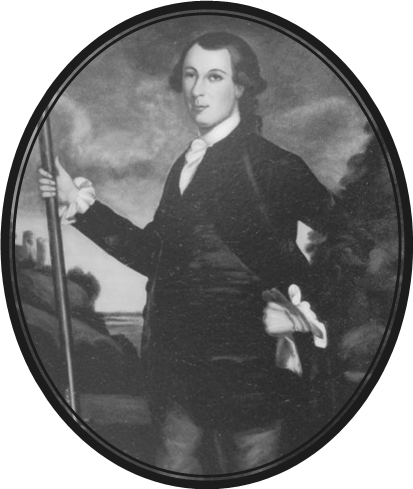
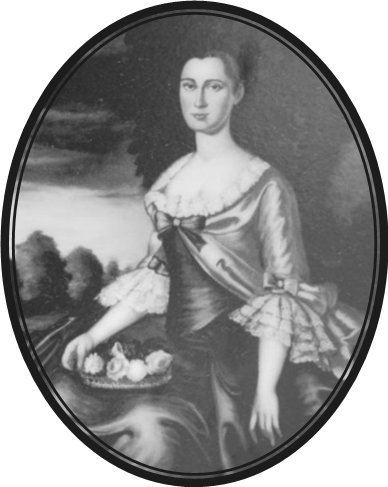
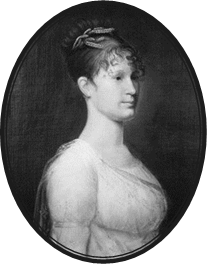
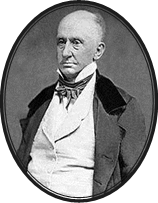
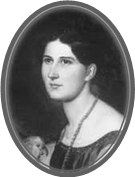
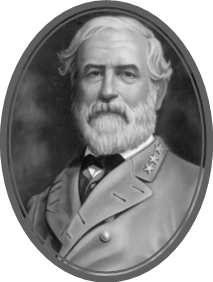
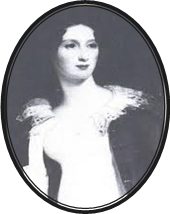
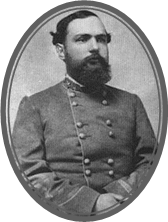
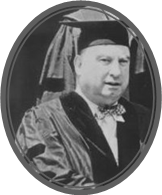
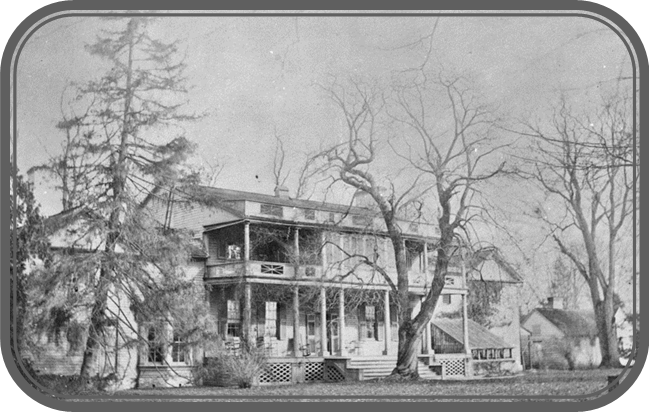

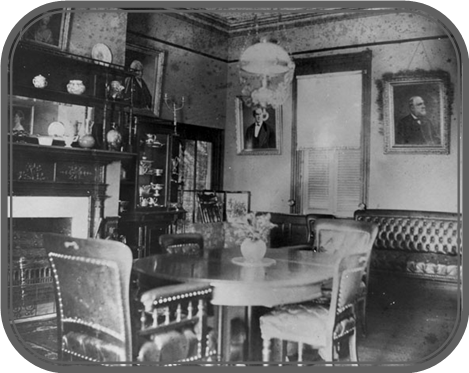
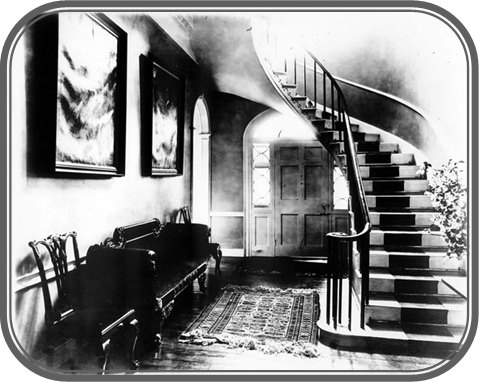
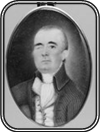
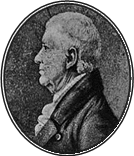
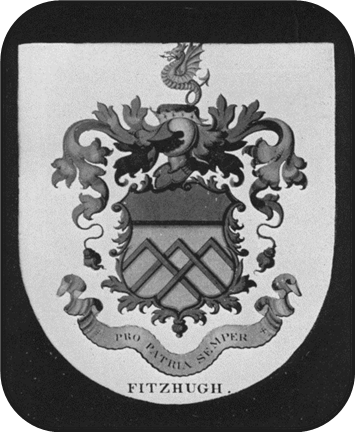
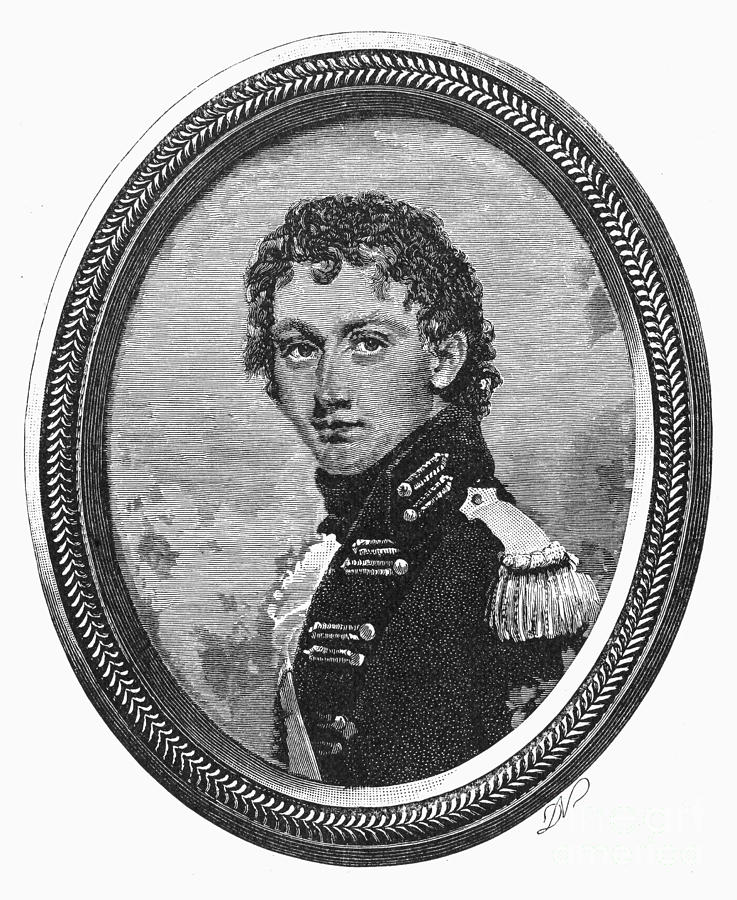
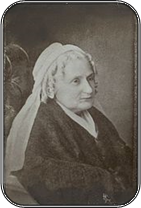
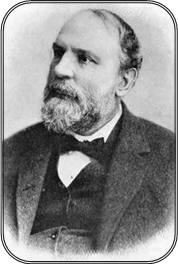
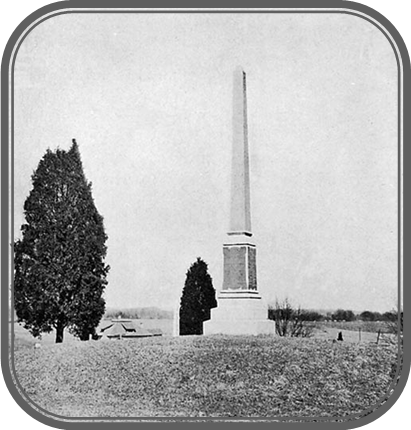
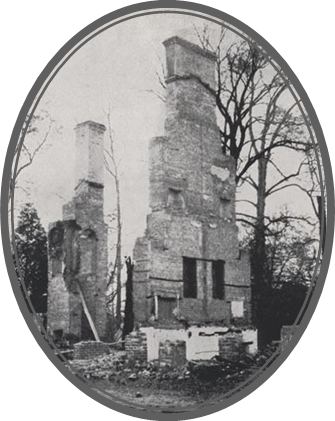
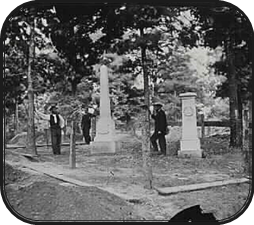
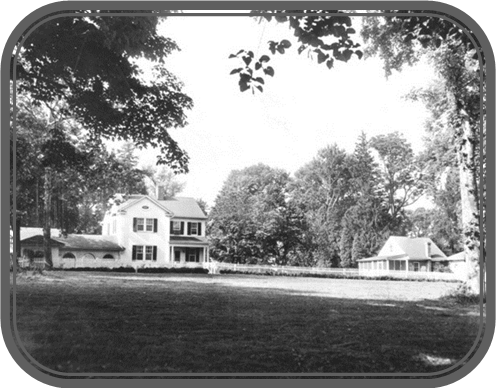
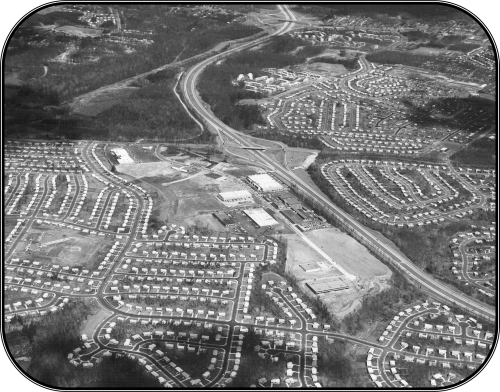
(Copyright © 2012 Annandale Chamber of Commerce. All rights reserved. Photographs are from the ACC Archive, The Library of Congress, Wikipedia, and the Library of Virginia. (Photographs & images, on this page, and on this website, are not available for use by other publications, blogs, individuals, websites, or social media sites.)
Copyright 2012 Annandale Chamber of Commerce. All rights reserved. Privacy Policy

